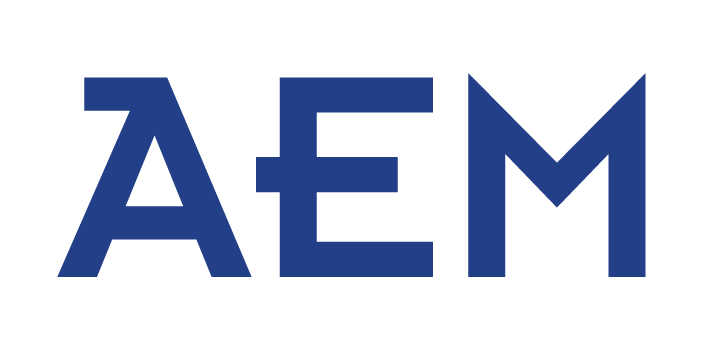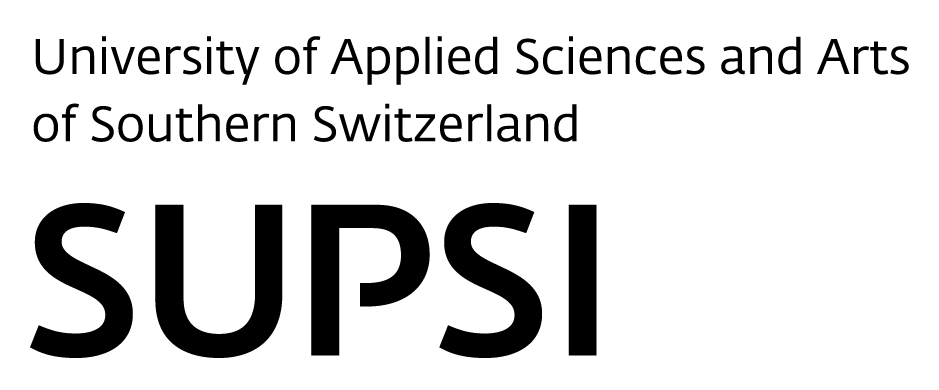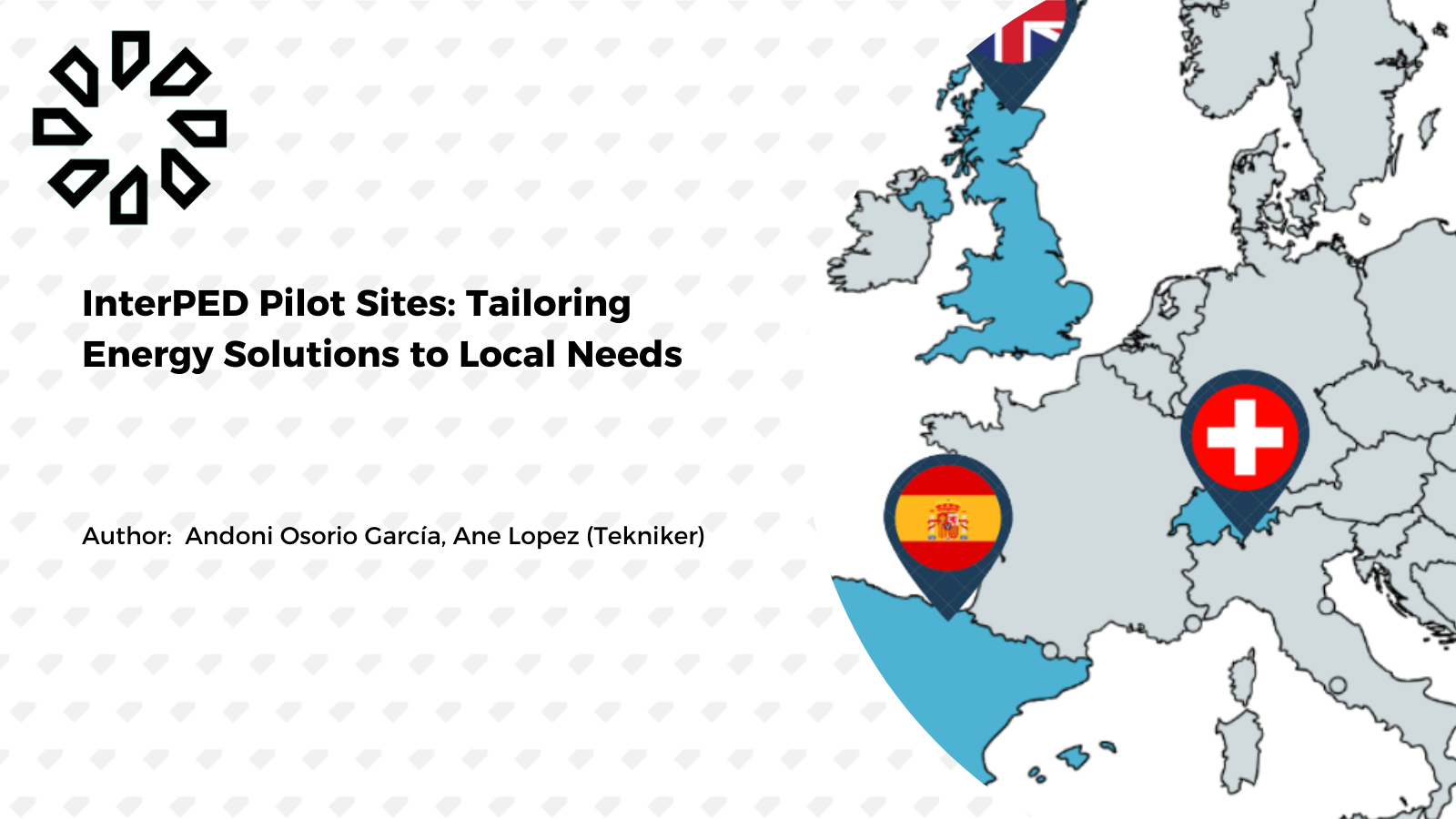To provide a starting point for the technical developments of the project, the first activities of Work Package 3 (WP3) have focused on characterising and studying the context of each of the pilots and establishing use cases (or demonstration scenarios) that define what InterPED will test in each of these pilots in the first instance.
The four InterPED pilots have very different characteristics and scopes, so not all technical developments fit in all pilots. The pooling of the needs of each developer and the objectives of each pilot have resulted in this initial approach to the use cases. In addition, within the use cases defined for each of these pilots, some will be highlighted for their importance in ratifying the InterPED approach.
PILOT 1
The Lugaritz-Matía community is a Thermal Energy Community (TEC) located in the Lugaritz neighborhood of the city of San Sebastian (Spain).
This site is a mixed tertiary and residential complex composed of 3 main buildings, a hospital, and two nursing buildings for assisted living. This community counts about 700 people and will cover the domestic hot water (DHW) and heating of each building.
Therefore, this pilot will serve as a use case for these developments:
- Optimisation of energy production and consumption via Model Predictive Controllers (MPCs)
- The creation of a cooperative DR strategy based on end-user interaction and engagement
- Development of planning tools that analyse the life cycle and look at sources of excess waste heat or other energy-saving opportunities
Among these use cases, the optimisation of energy production could be highlighted in this pilot. To this end, different types of predictions will be made (thermal demand, photovoltaic production, etc.) and a cross-vector optimisation will be carried out to integrate the electrical part (PV production and heat pumps) into the district’s thermal generation. These developments will generate the necessary inputs so that the MPC can generate the optimal setpoints for assets and storage.
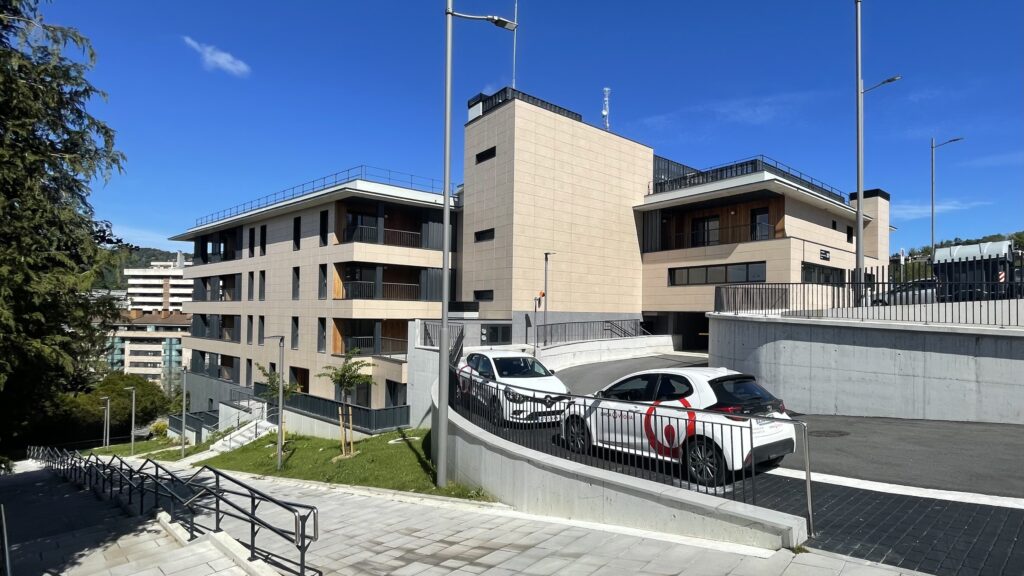
PILOT 2
The Park Ecovillage Findhorn (PEF) is a community located in Moray Council on the northeast coast of Scotland. It is a 60-year-old community with an emphasis on eco-friendly practices, renewable energy, organic farming, and communal living. As a result, the community has several district-level facilities such as an ecological wastewater treatment plant, an electric vehicle charging station, and three wind turbines. For InterPED, an energy community has been created with 40 buildings (39 residential and 1 office facility) in the village.
Four use cases have been defined for this pilot:
- Citizen participation and community engagement for the creation of imaginaries and stories that guide the interrelationship between the project functionalities and its users
- Development of a local energy trading system to maximise RES, save costs, and increase grid resilience
- Implementation of schedulers for optimal control of the district’s equipment and tools belonging to different energy vectors
- Long-term planning toolbox for system upgrade, design, and sizing
This pilot will be the reference for citizen participation and community engagement within the project. Shared visions/imaginaries of the PED will be created among community members and stakeholders. User stories will also be created with citizens who will use the InterPED platform. It will be the first pilot where activities of this type are carried out and the results and conclusions drawn will be applied or considered in the rest of the pilots.
On the other hand, the characteristics of the Findhorn Ecovillage Park and the particularity of being a microgrid make the creation of a trading system for local energy of special interest. This system will aim to maximise RES, save costs and increase the resilience of the grid through this open marketplace.

PILOT 3
The Arena Innovation Community (AIC) is an energy community covering an area of approximately 10,000 m2 located in the municipality of Capriasca under the district of Lugano (Switzerland). The community has 11 residential buildings (which house approximately 105 residents), a public swimming pool, a football field, a dedicated parking area, a restaurant, and a district heating plant.
A majority of the residents meet their energy requirements through electricity, with a combined annual consumption of 107 MWh. Therefore, the community has a 20 kWh battery, and more than 150 kWp of photovoltaic and electric vehicle chargers (one of them V2G). In addition, the district heating plant has the capacity to generate heat using biomass and oil, with an annual total thermal energy production of about 2,300 MWh.
The specific characteristics of this pilot have led to the idea of including these four use cases:
- Optimisation of flexibility management (including e-mobility) for peak shaving and self-consumption maximisation
- Development of an open marketplace concept that will implement local peer-to-peer energy trading to optimise community resources
- Energy savings opportunities identification and long-term planning
- End user interaction and engagement under cooperative DR strategy
The optimisation tools that will generate the control setpoints of this pilot will play an important role, especially its application to electric mobility. Based on the flexibility analytics and forecasting, a high-level cross-vector optimisation will be performed, which will be used by the MPC controllers (to manage the thermal production and the available excess/waste heat sources) and an EV orchestrator (which will exploit the electric mobility resources available in the community) to act on field-level control.
The other use case to be highlighted is the creation of an open marketplace for local energy trading. This development will simulate and operate this market in order to maximise RES, increase self-consumption and self-sufficiency, reduce energy costs and greenhouse gas emissions or increase grid resilience.

PILOT 4
Alba Iulia College District is a community composed of the various buildings of the Dorin Pavel Tech College in the city of Alba Iulia in the Romanian region of Transylvania. The school, built in 1976, consists of 7 buildings which have different uses. Two of the buildings are used for courses for the approximately 1000 students, but there is also a canteen, a building with sports facilities, a workshop building, a hostel and one building that houses the central heating facilities.
The community has an annual photovoltaic energy production of approximately 120 MWh. In addition, at the thermal level, it has a district heating system that supplies heat to the 7 buildings. Some generation equipment is currently being replaced and changes are being made to the energy system, both on the electrical and heating side.
These are the three use cases that have been defined for this community:
- Life-cycle costing and assessment and energy savings opportunities using the planning toolbox
- Improved self-consumption via optimal asset operation scheduling
- End-user interaction and engagement within the framework of a cooperative DR strategy
The use case or demonstration scenario to be highlighted in this pilot is the one linked to the planning tools. The use case will optimise the design and operation of community energy systems across economic (LCC) and environmental (LCA) criteria, considering renewable energy sources, storage, and excess/waste heat valorisation. Moreover, it will study how to improve the long-term planning of energy communities by assessing strategic planning for decarbonizing the energy system and comparing different scenarios.
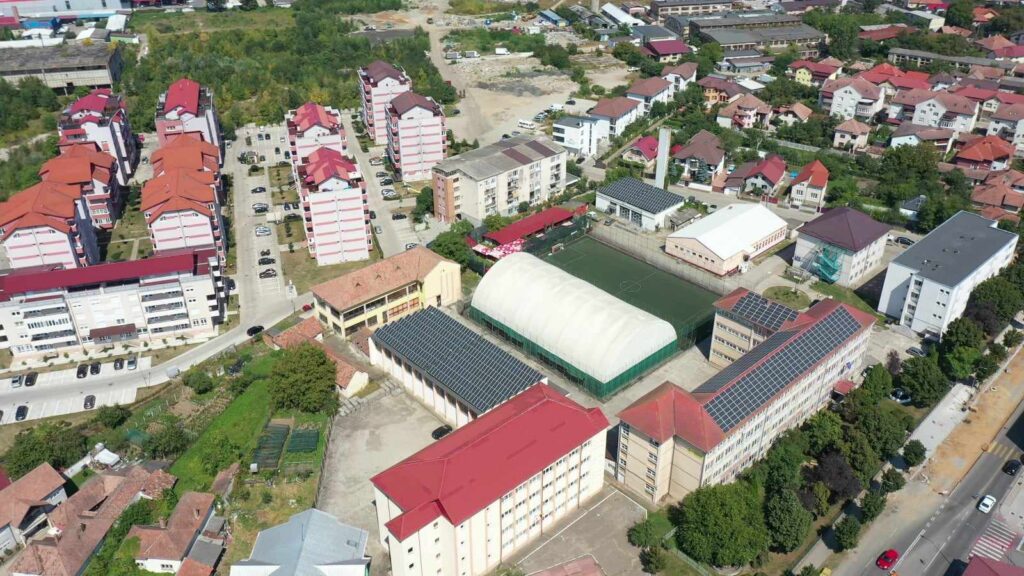
Blog signed: Andoni Osorio García, Ane Lopez (Tekniker)











